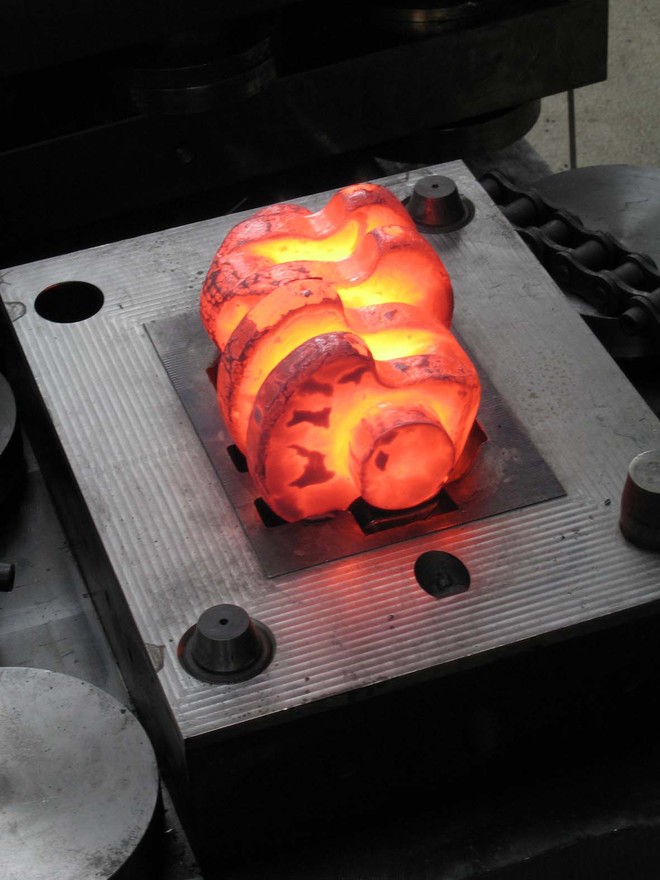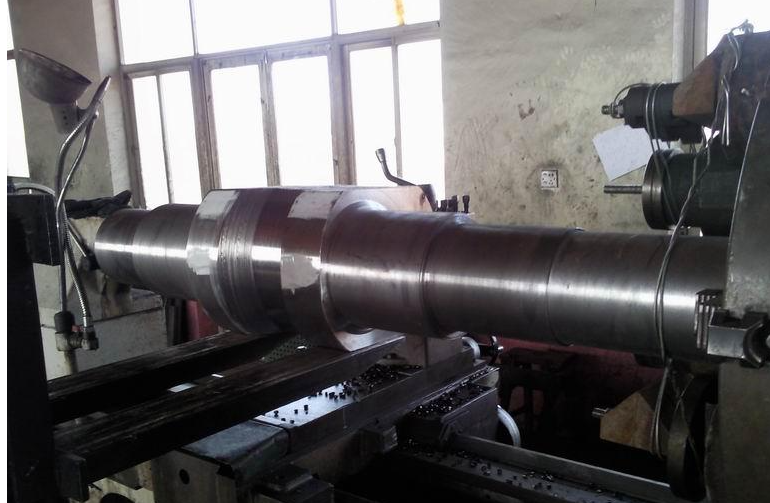In the world of internal combustion engines, the crankshaft plays an integral role. Tasked with converting piston movement into rotational motion, the crankshaft essentially dictates how effectively and efficiently an engine performs. Many variations of this pivotal engine component exist, each with its unique advantages and disadvantages. So, what type of crankshaft is best? To answer this, we must dive into an exploration of various crankshaft types and the factors that may sway our decision.
Flat Plane Crankshaft
Making its name in high-performance engines, particularly those of European sports cars, the flat plane crankshaft is a favorite among motor enthusiasts. Its configuration, where opposing pistons reach top dead center (TDC) at 180 degrees, allows for a simpler and lighter construction. Consequently, this leads to a quicker response to throttle adjustments and higher engine revving capabilities. Yet, a critical trade-off is the increased vibration due to uneven firing order, which can contribute to the engine’s wear and tear.
Cross Plane Crankshaft
In contrast, the cross plane crankshaft is more common in American muscle cars. The unique arrangement of crank pins at 90 degrees in this type of crankshaft provides an inherent balance, offering a smoother ride and lower vibrations. However, the added counterweights necessary for this balance make the cross plane crankshaft heavier and limit its ability to rev as high as the flat plane. Moreover, the design complexity might escalate manufacturing costs.
Billet Crankshaft
The billet crankshaft, commonly seen in professional racing and high-performance applications, is carved out of a single, solid billet of high-grade steel. Its one-piece construction ensures superior strength and durability compared to cast or forged crankshafts. This high-quality comes at a price, making billet crankshafts a premium choice for those who prioritize performance above all.
Forged Crankshaft
Forged crankshafts strike a balance between strength and affordability. Manufactured from heated alloy steel, these crankshafts undergo a forging process that enhances their structural integrity. This makes them more durable and reliable than cast crankshafts, albeit at a higher cost.
Cast Crankshaft
Cast crankshafts are the most economical option and are prevalent in many standard production cars. Although they may not provide the same strength as forged or billet crankshafts, they serve well under normal operating conditions. They are not designed for high-performance applications, though, as their tendency to crack under high stress can be a significant drawback.
In conclusion, the “best” crankshaft is subjective and depends on the intended use of the engine. A race car driver might prefer a billet or flat plane crankshaft, while an everyday driver might opt for a cross plane or cast crankshaft. Choosing the optimal crankshaft requires careful consideration of factors like performance needs, budget, and engine type.
Introduction: The Importance of Crankshaft Selection
Choosing the correct type of crankshaft can have a significant effect on the engine’s performance, efficiency, and longevity. As such, understanding the different types of crankshafts and their unique properties is critical in making an informed decision.
Flat Plane Crankshaft: The High-Performance Option
The flat plane crankshaft is often found in high-performance engines, notably those in European sports cars. It is appreciated for its rapid response to throttle changes and high revving capacity due to its lightweight construction. However, it comes with an increase in engine vibration, which can contribute to wear and tear. Read more on Flat Plane Crankshaft
Cross Plane Crankshaft: A Smooth Operator
The cross plane crankshaft is recognized for its inherent balance, attributed to a unique arrangement of crank pins at 90-degree intervals. It offers a smoother ride with fewer vibrations, though at the cost of added weight and a reduced ability to rev high. Read more on Cross Plane Crankshaft
Billet Crankshaft: Strength in Unity
Crafted from a single, solid billet of high-grade steel, the billet crankshaft is the preferred choice for professional racing and high-performance applications. Its single-piece construction ensures superior strength and durability, positioning it as a premium, albeit costly, option.
Forged Crankshaft: Balancing Strength and Affordability
The forged crankshaft offers a balance between strength and affordability. Made from heated alloy steel, these crankshafts undergo a forging process that enhances their structural integrity, rendering them more robust and reliable than cast crankshafts, albeit at a higher cost. Read more on Forged Crankshaft
Cast Crankshaft: The Economical Choice
Cast crankshafts are the most economical option and are commonly found in many standard production cars. While they may not provide the same strength as forged or billet crankshafts, they function well under normal operating conditions. However, they are not designed for high-performance applications, as their susceptibility to crack under high stress can be a substantial drawback. Read more on Cast Crankshaft